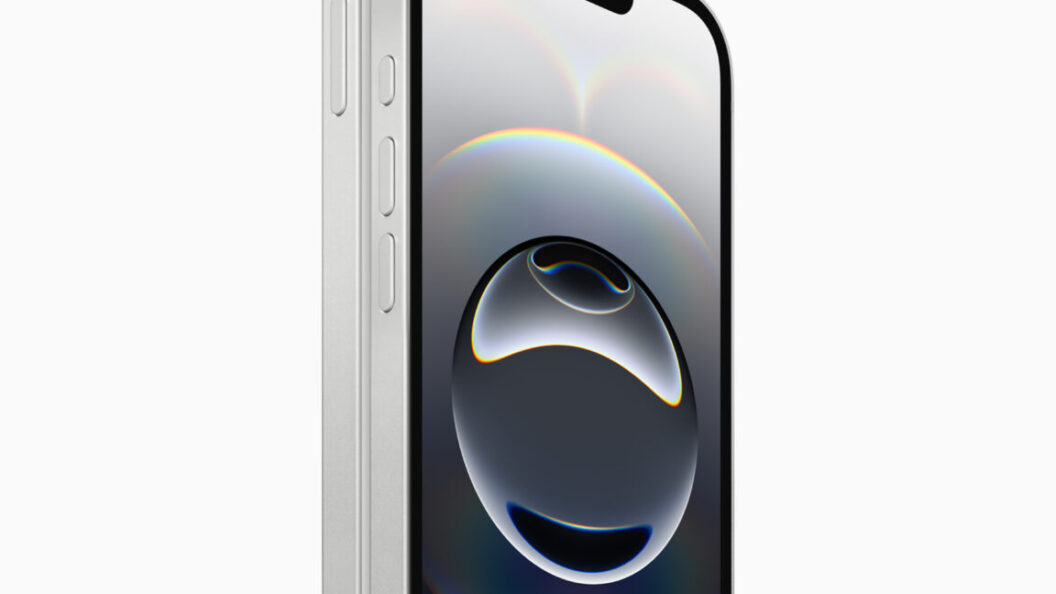Apple Unveils New iPhone 16e: A Budget-Friendly Option in the iPhone Lineup
Apple has officially introduced the iPhone 16e, a new low-end smartphone designed to replace the aging iPhone SE. This device marks a significant move for Apple as it continues to expand its iPhone lineup, aiming to offer a more affordable option without sacrificing much functionality.
Key Features and Pricing
The iPhone 16e features a 6.1-inch edge-to-edge OLED screen equipped with a display notch. It is powered by the Apple A18 processor, which, while similar to the processor in the standard iPhone 16, is tailored for this more economical model. Additionally, the device includes a USB-C port, which aligns with Apple’s strategy to shift away from the traditional Lightning connector. The new iPhone also comes with an Action Button and incorporates Apple’s first in-house cellular modem, labeled the Apple C1.
The iPhone 16e is set to retail starting at $599 for the 128GB version. Pre-orders will commence on February 21, and the device will hit the shelves on February 28. Other options include a 256GB variant priced at $699 and a 512GB version available for $899. Notably, at $599, the iPhone 16e is $200 less than the iPhone 16, yet it is still $170 and $120 more than the older 64GB and 128GB iPhone SE models, respectively.
A Step Towards Accessibility
This release indicates Apple’s commitment to making its technology more accessible to a broader audience. The iPhone 16e serves as a direct successor to the iPhone 14, which was previously sold at $599 prior to its discontinuation. With the move to the iPhone 16e, Apple has also ceased offering any new devices that utilize the Lightning port, fully transitioning to the more widely adopted USB-C standard.
Design and Functionality
In terms of design, the iPhone 16e is strikingly similar to its higher-end counterparts. It replaces the old iPhone SE’s Home button and Touch ID with Face ID, a facial recognition feature found in more expensive iPhones. Like the iPhone 16 series and the iPhone 15 Pro, the 16e includes a programmable Action button. However, it lacks the extra Camera Control button that is present in the standard iPhone 16.
For those looking for an enhanced multimedia experience, the iPhone 16e supports Emergency SOS and satellite communication features, which are characteristic of Apple’s flagship devices. The phone is also equipped with 8GB of RAM, marking a significant upgrade in performance capabilities for a budget model.
Trade-Offs for Price
Despite its appealing features, the iPhone 16e does come with some notable omissions compared to the more premium models. The device is available in just two color options: black and white, a stark contrast to the range of choices offered with the iPhone 16. Additionally, it features a traditional notch instead of the Dynamic Island, a design element that adds sophistication but is largely seen as non-essential. Furthermore, the iPhone 16e does not support the MagSafe charging system or associated accessories, limiting its versatility.
Conclusion: Implications for Consumers
The launch of the iPhone 16e is significant as it provides consumers with a budget-friendly alternative that still retains many desirable features typically found in higher-end models. Apple’s decision to streamline its offerings and push for a unified standard with USB-C may also reflect broader industry trends and regulatory pressures. Overall, the iPhone 16e aims to appeal to consumers looking for value without compromising on quality, potentially reshaping the entry-level smartphone market. As Apple makes this strategic pivot, it remains to be seen how competitors will respond and whether the new model will meet consumer expectations in a rapidly evolving tech landscape.









